Third Grade Possessive Noun Worksheets
Possessive nouns can be a challenging concept for third-grade students to grasp. However, with the right worksheets, they can become masters at using apostrophes to show ownership. Whether you're a parent looking to reinforce this skill at home or a teacher in search of engaging materials for the classroom, this collection of third-grade possessive noun worksheets is designed to help students understand and apply this important grammatical concept.
Table of Images 👆
- Possessive Nouns Worksheets 2nd Grade
- Plural Possessive Nouns Worksheets
- Possessive Nouns Worksheets 4th Grade
- Singular Possessive Nouns Worksheet
- Singular and Plural Nouns Worksheets
- Possessive Nouns Worksheets
- Plural Nouns Worksheets 3rd Grade
- Singular and Plural Possessives Worksheet
- Possessive Pronouns Worksheets 3rd Grade
- Grammar Possessive Nouns Worksheets
- Possessive Nouns Worksheet First Grade
- Plural Possessive Nouns Worksheets 3rd Grade
- Singular Plural Nouns Worksheets
- Plural Possessive Nouns Worksheets 2nd Grade
- Singular and Plural Pronouns Worksheets
More 3rd Grade Worksheets
Telling Time Worksheets 3rd GradeTime Worksheets for 3rd Grade
3rd Grade Reading Comprehension Worksheets
Multiplication Worksheets for 3rd Grade
3rd Grade Math Division Worksheets Printable
Short Reading Comprehension Worksheets 3rd Grade
Soil Worksheets for 3rd Grade
Cursive Writing Worksheets for 3rd Grade
3rd Grade Multiplication Properties Worksheet
First Day of School Worksheets 3rd Grade
What is a possessive noun?
A possessive noun is a noun that shows ownership or possession of something. It is usually formed by adding an apostrophe and the letter "s" ('s) to the end of the noun or just an apostrophe (') if the noun is plural and already ends in "s." Possessive nouns are commonly used to indicate who or what something belongs to in a sentence.
How do you form a possessive noun in third grade grammar?
To form a possessive noun in third-grade grammar, you usually add an apostrophe and -s to the end of a singular noun (e.g., the girl’s backpack). For plural nouns that don't end in -s, you add an apostrophe and -s (e.g., children's toys). If the plural noun already ends in -s, you just add an apostrophe (e.g., the teachers' lounge).
Give an example of a singular possessive noun.
The example of a singular possessive noun is "John's car.
Give an example of a plural possessive noun.
One example of a plural possessive noun is "students' notebooks", where "students" is the plural noun and "notebooks" is the possessive form indicating that the notebooks belong to the students.
When should an apostrophe be used in possessive nouns?
An apostrophe should be used in possessive nouns to show ownership or possession of something. The apostrophe is typically placed before the "s" when the noun is singular (e.g. cat's tail) and after the "s" when the noun is plural (e.g. dogs' leashes).
What is the difference between a possessive noun and a regular noun?
A possessive noun shows ownership or possession of something, often indicated by an apostrophe and the letter "s" (e.g., Tom's book). On the other hand, a regular noun simply names a person, place, thing, or idea (e.g., book, dog, teacher). In summary, while a possessive noun shows ownership, a regular noun simply identifies what something is.
How can you determine if a noun is possessive or not?
To determine if a noun is possessive or not, look for indications of ownership or belonging. Possessive nouns show ownership or relationships by adding an apostrophe and an "s" ('s) to the noun. For example, "John's car" indicates that the car belongs to John. If there is no possession being shown, the noun is not possessive. Pay attention to the context of the sentence to determine if the noun is expressing possession or not.
Can you have multiple possessive nouns in a single sentence?
Yes, you can have multiple possessive nouns in a single sentence. For example, "John's car's windshield wipers needed to be replaced." In this sentence, both "John's" and "car's" are possessive nouns indicating ownership or association.
What are some common mistakes to avoid when using possessive nouns?
Some common mistakes to avoid when using possessive nouns include confusion between singular and plural forms (e.g. "dog's" vs. "dogs'"), using an apostrophe when the noun is already plural (e.g. "childrens'"), incorrect placement of the apostrophe before or after the "s" (e.g. "James's" vs. "James'"), and forgetting to use possessive forms with gerunds (e.g. "I appreciate you calling" should be "I appreciate your calling"). These mistakes can lead to confusion and impact the clarity and correctness of your writing.
How can you practice using possessive nouns in writing or speaking activities?
One effective way to practice using possessive nouns in writing or speaking activities is to create scenarios or prompts that require the use of possessive nouns, such as writing sentences describing relationships between people or objects. Another approach is to engage in interactive exercises, like filling in the blanks with possessive nouns or forming possessive noun constructions in response to questions or prompts. Regularly incorporating possessive nouns in your writing or speaking practice will help reinforce your understanding and usage of this grammar concept.
Have something to share?
Who is Worksheeto?
At Worksheeto, we are committed to delivering an extensive and varied portfolio of superior quality worksheets, designed to address the educational demands of students, educators, and parents.

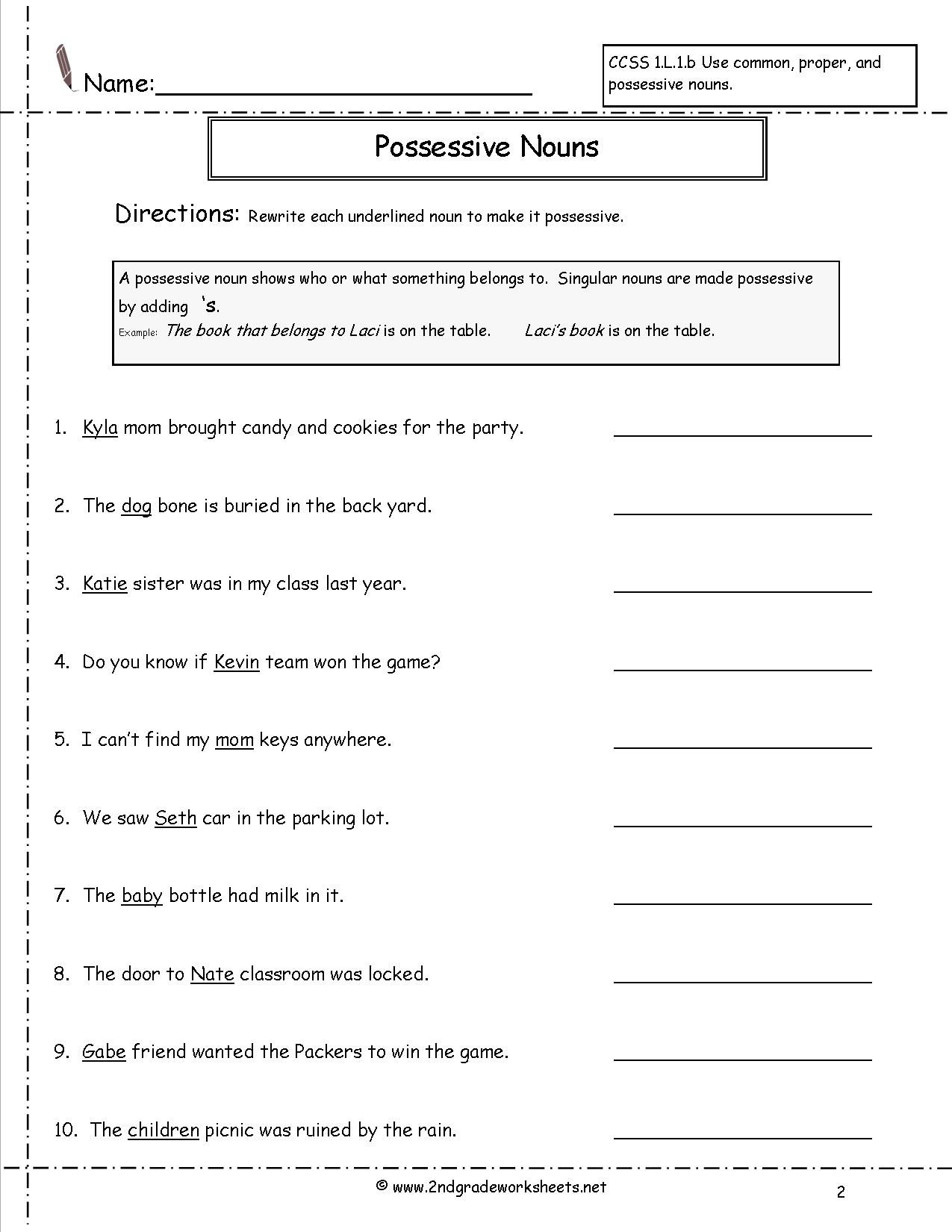



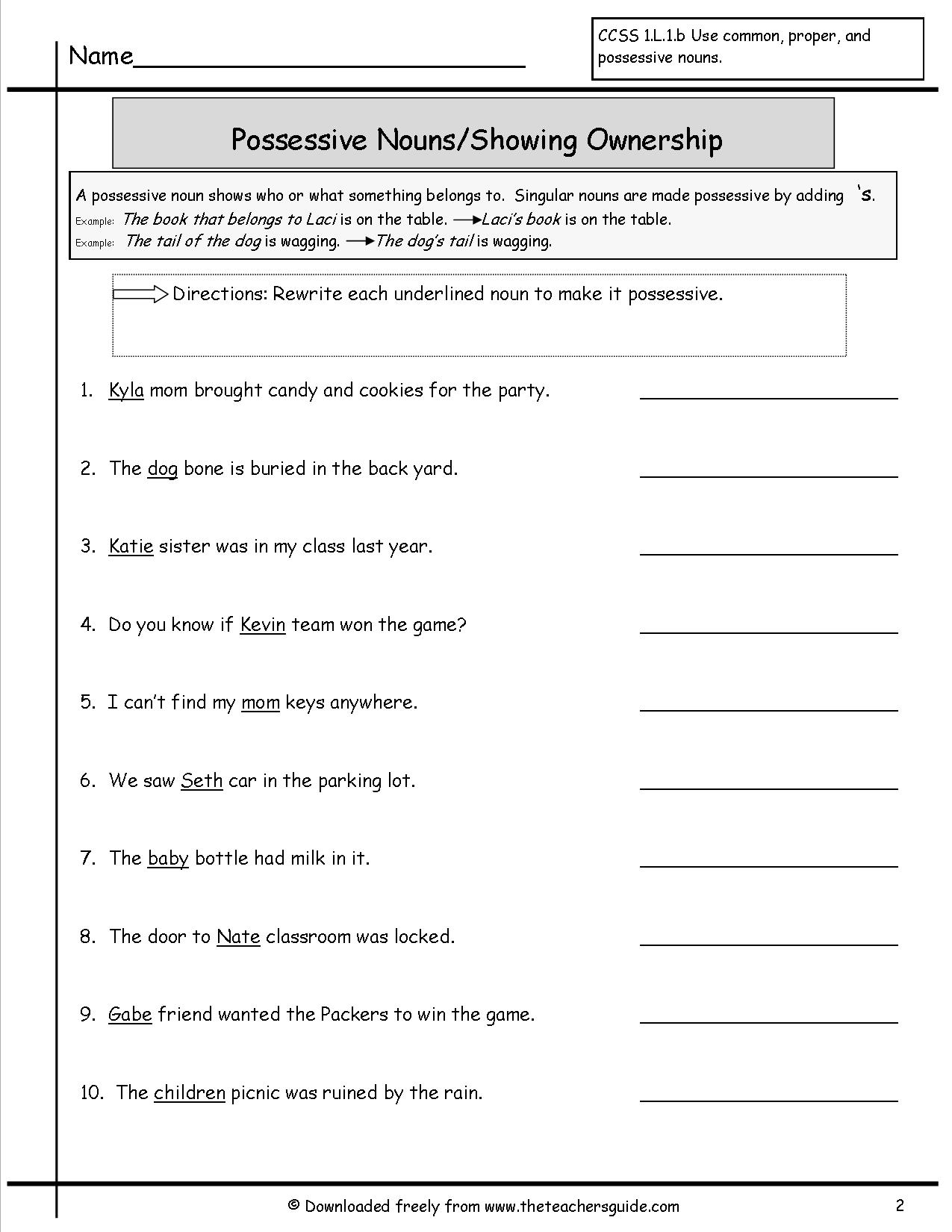
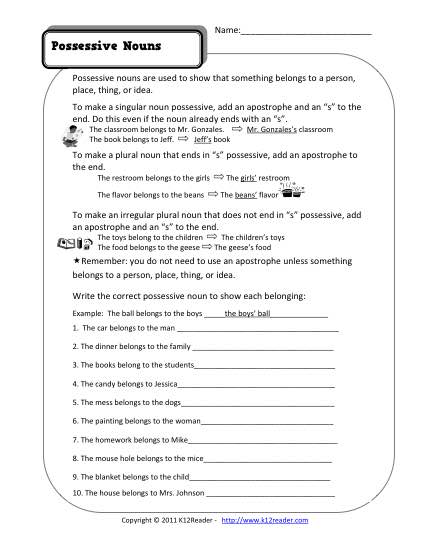

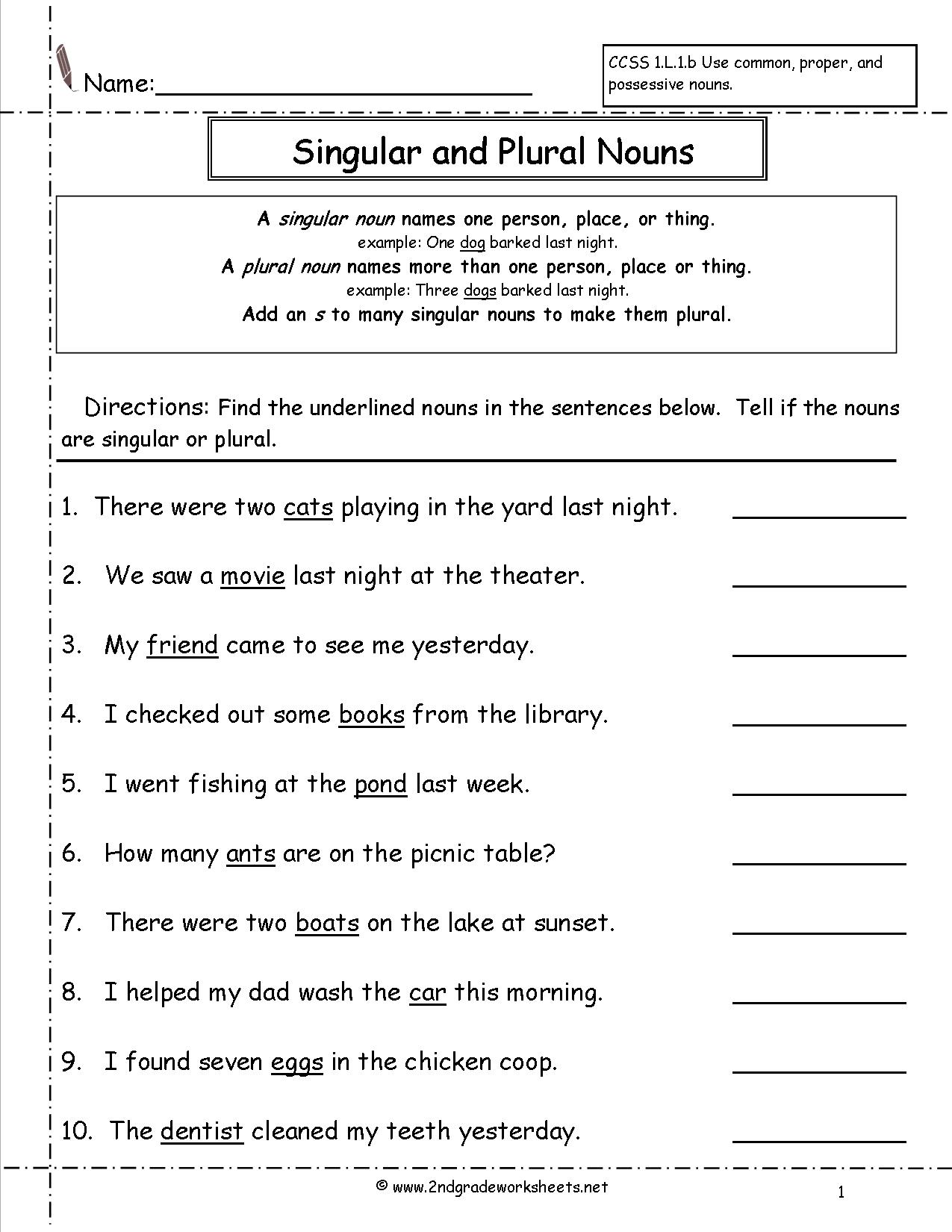
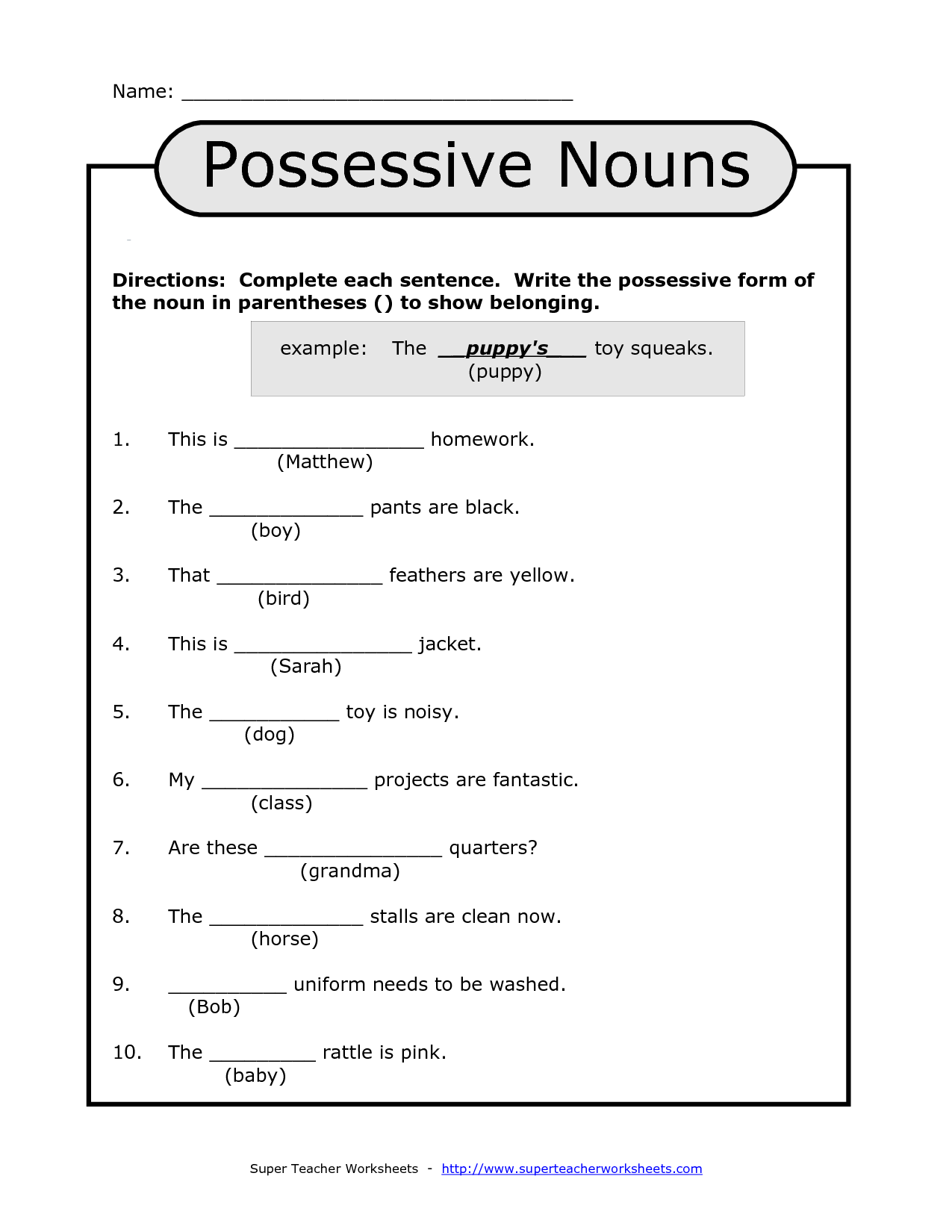

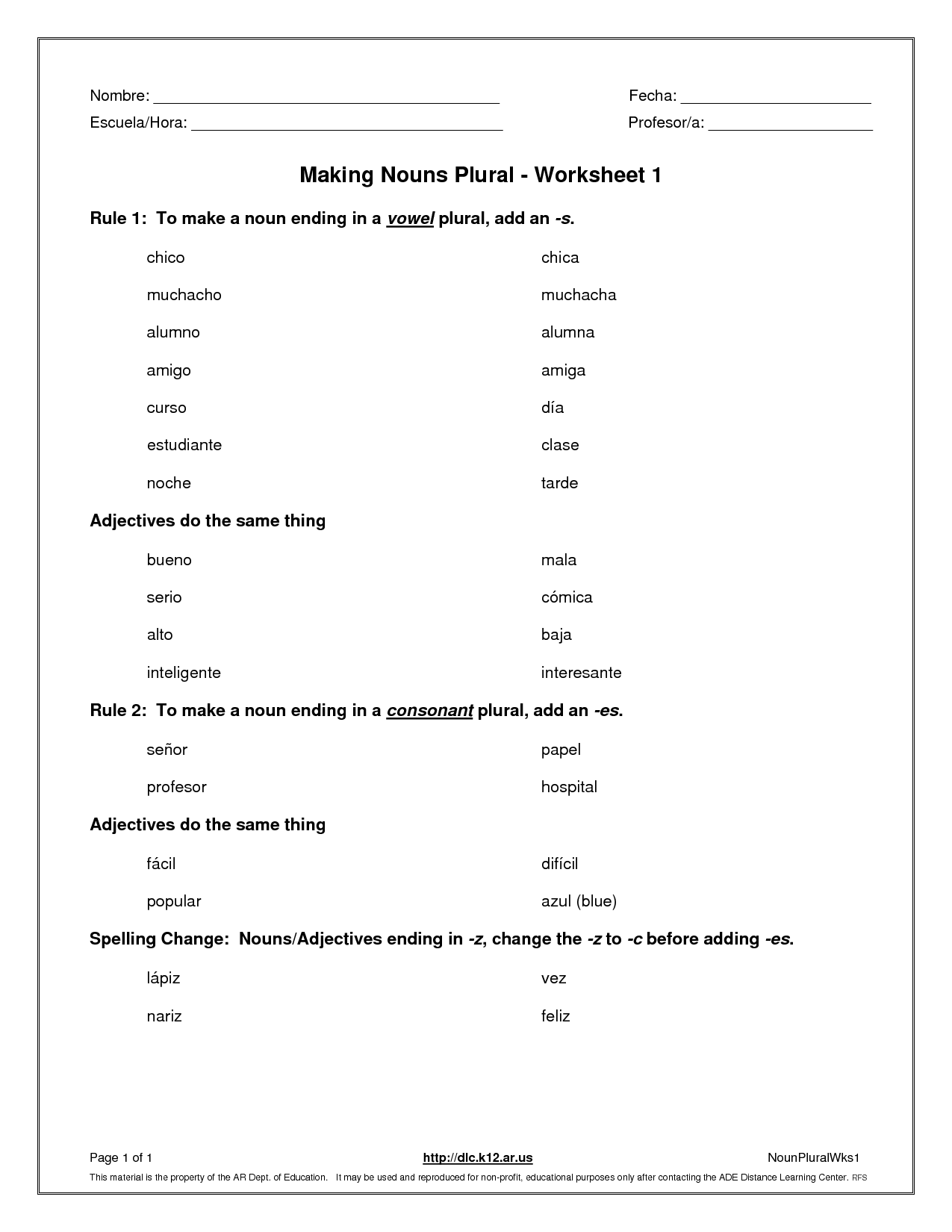
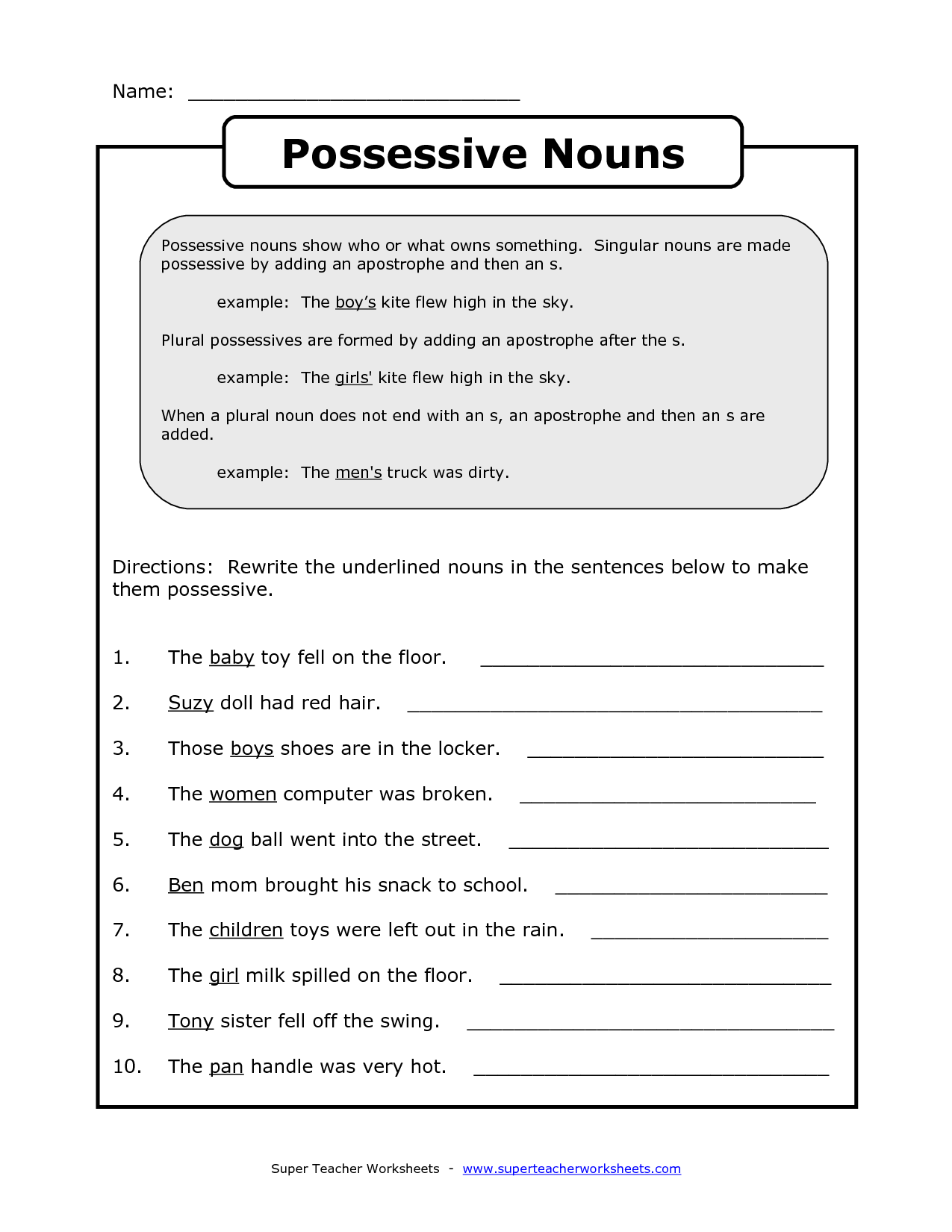
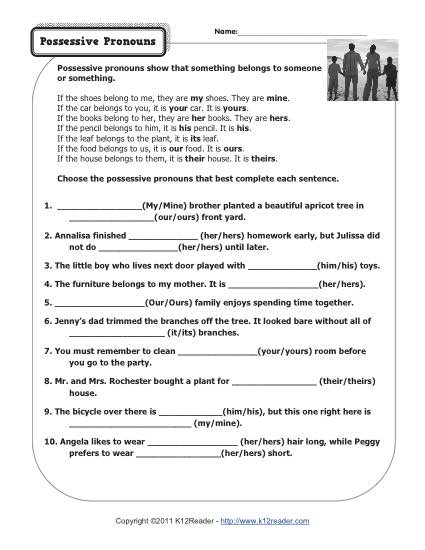
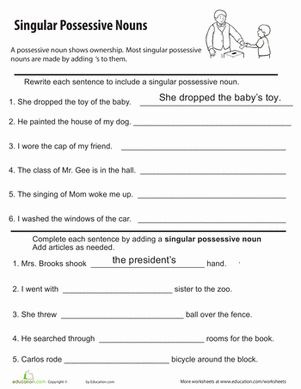
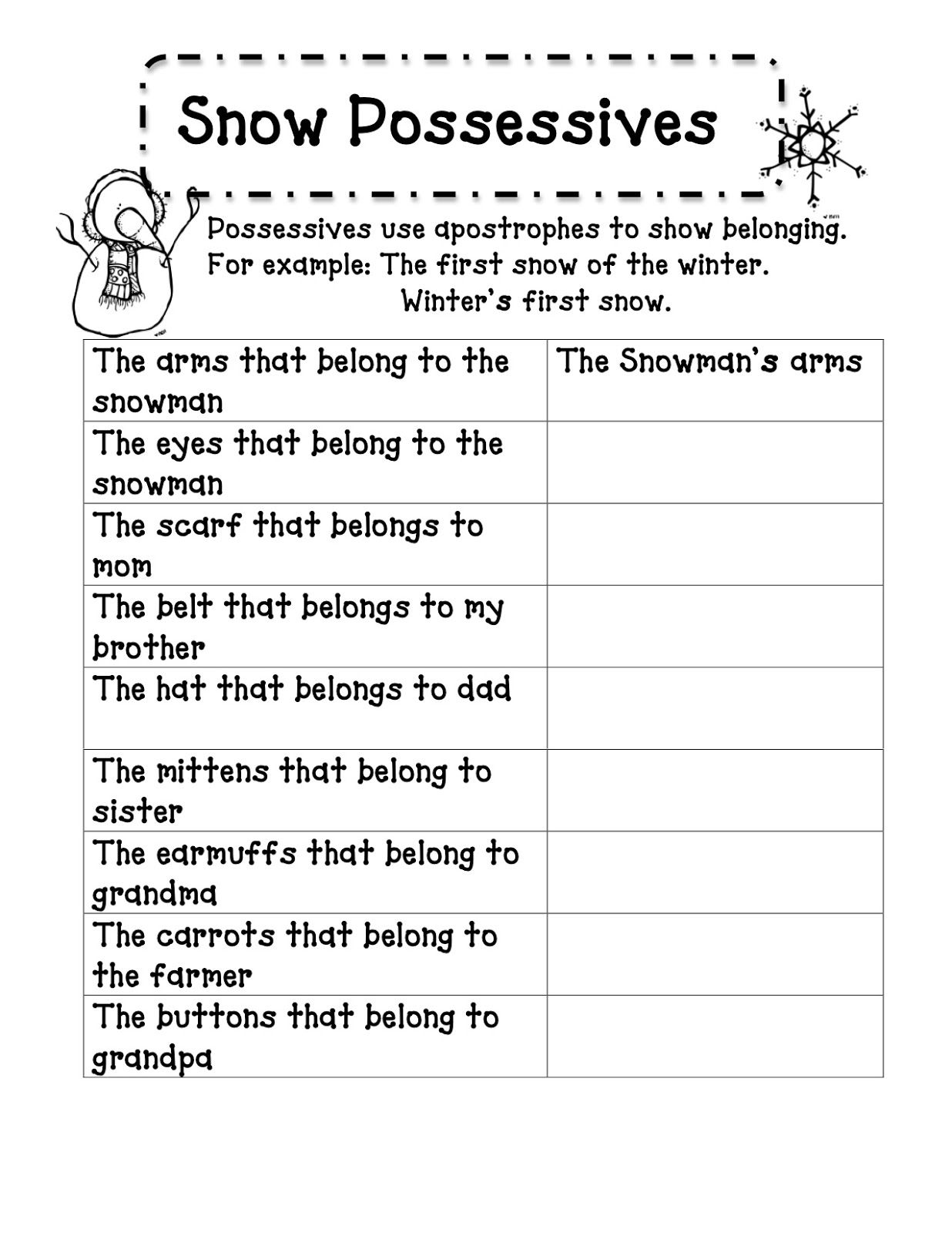
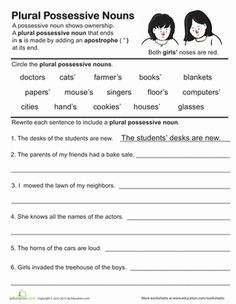
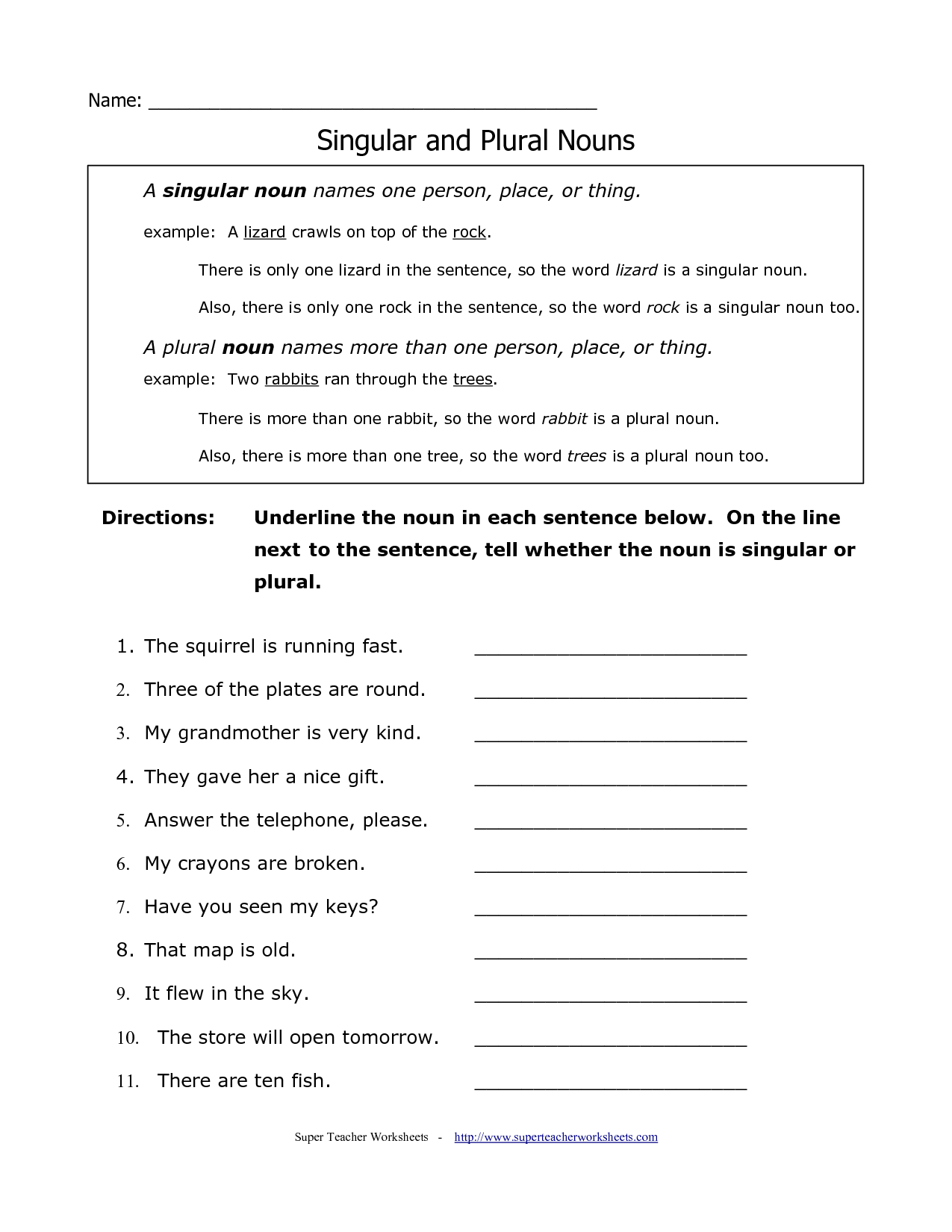
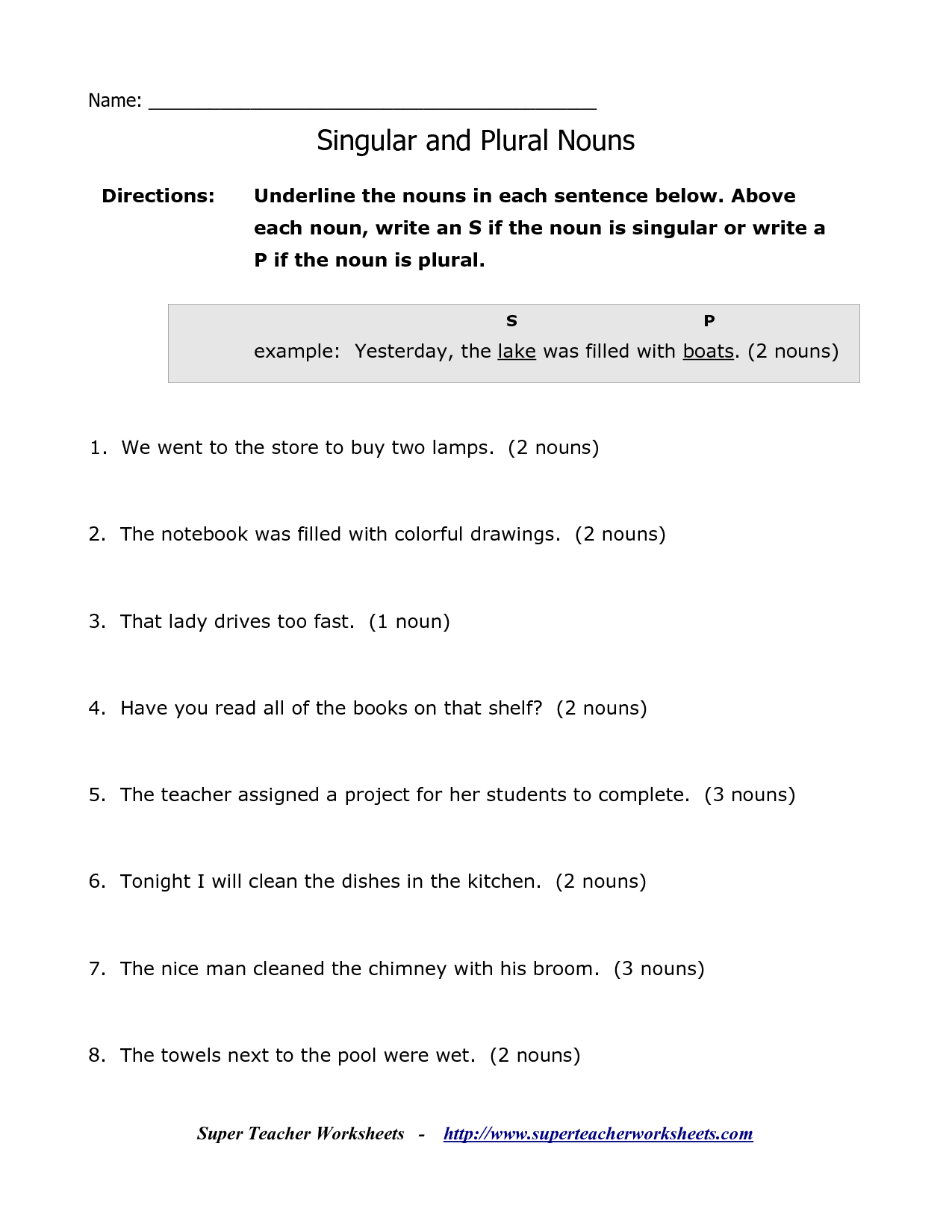
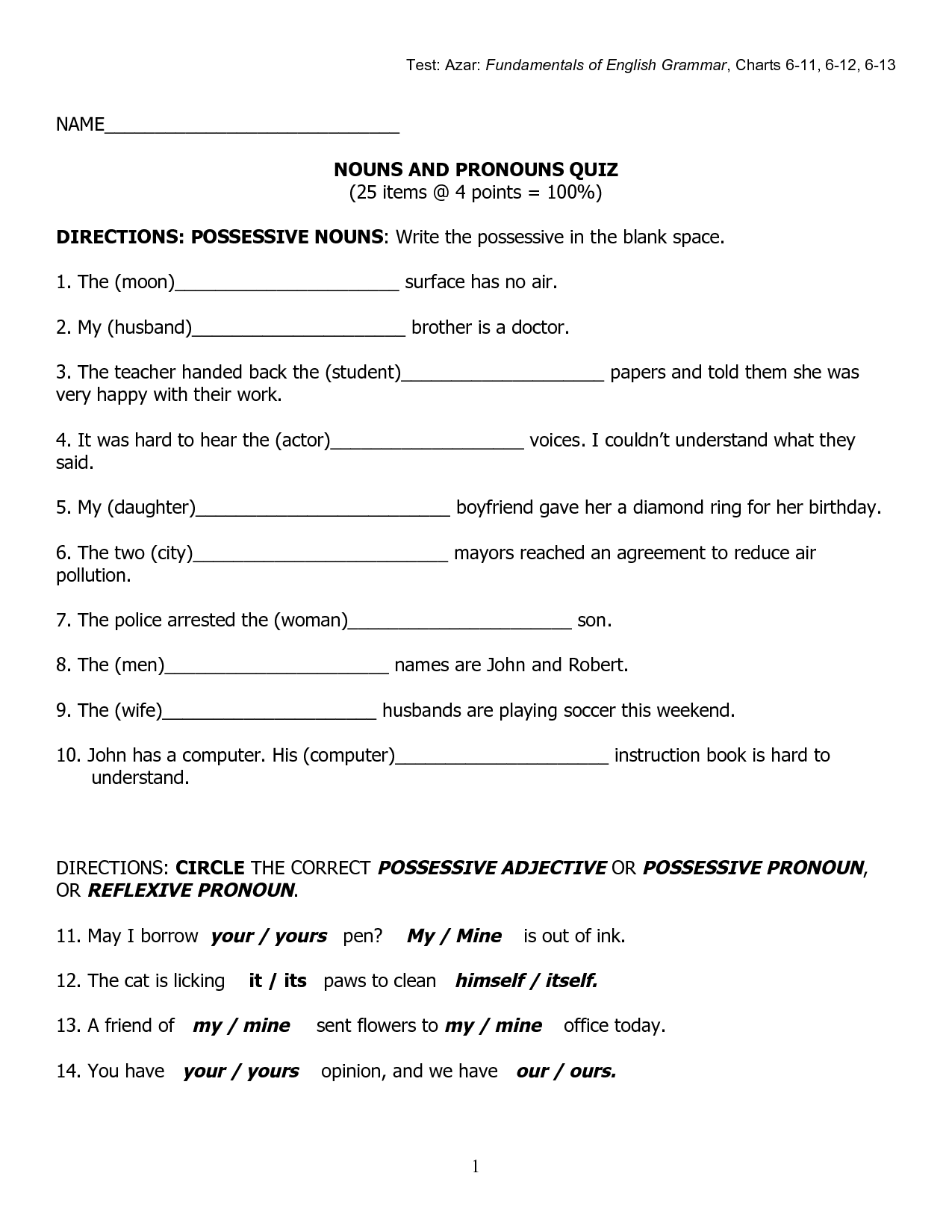
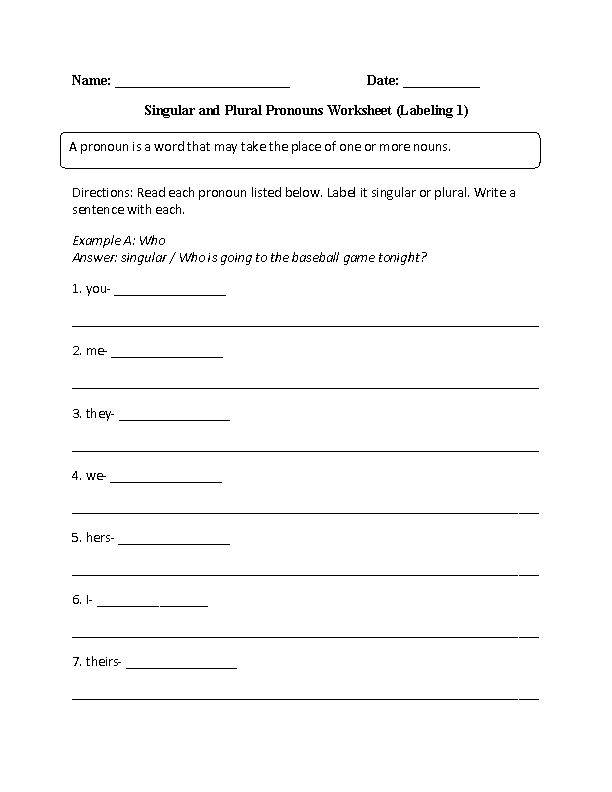














Comments